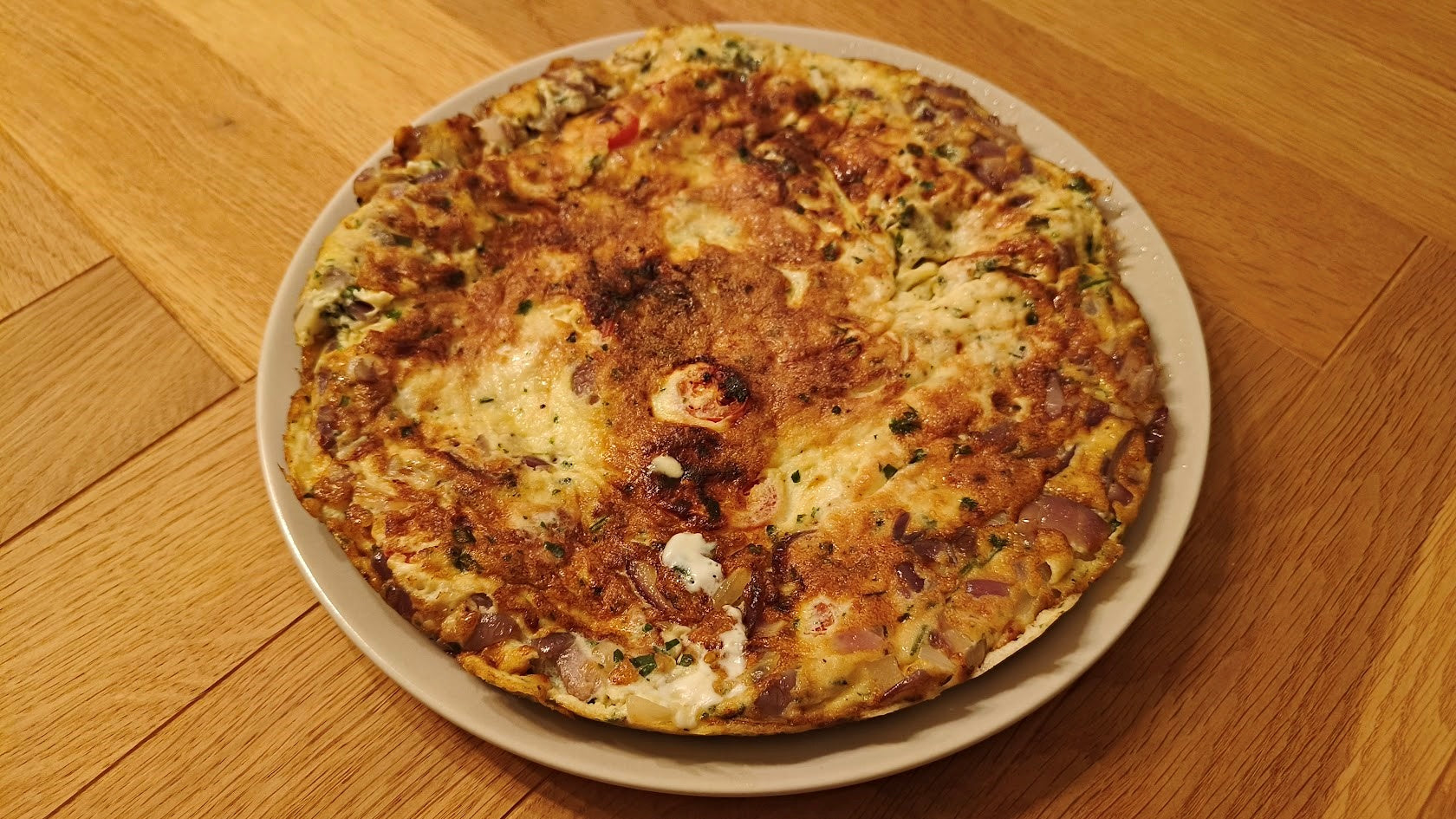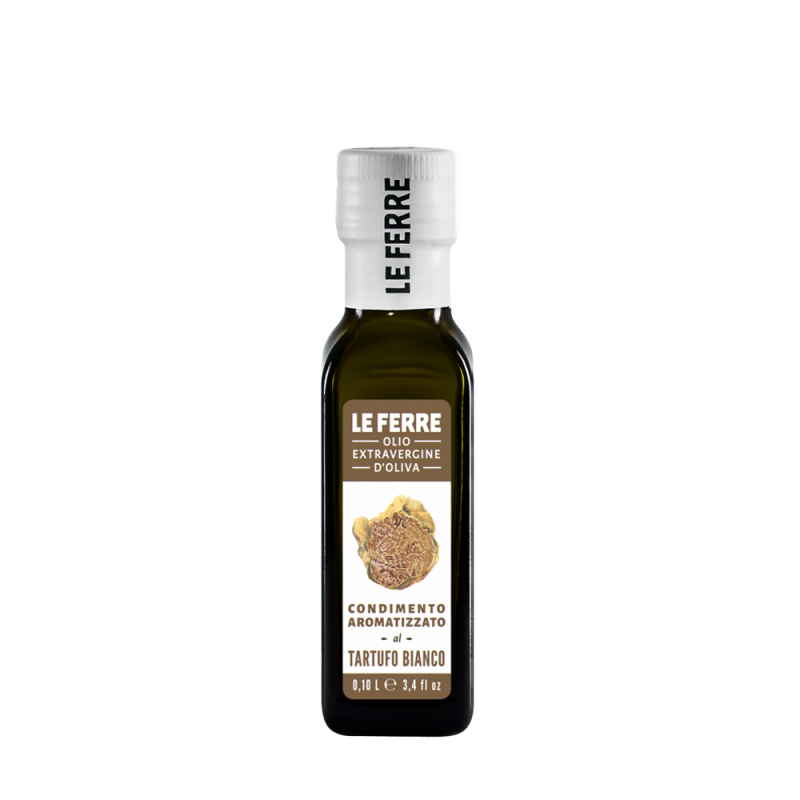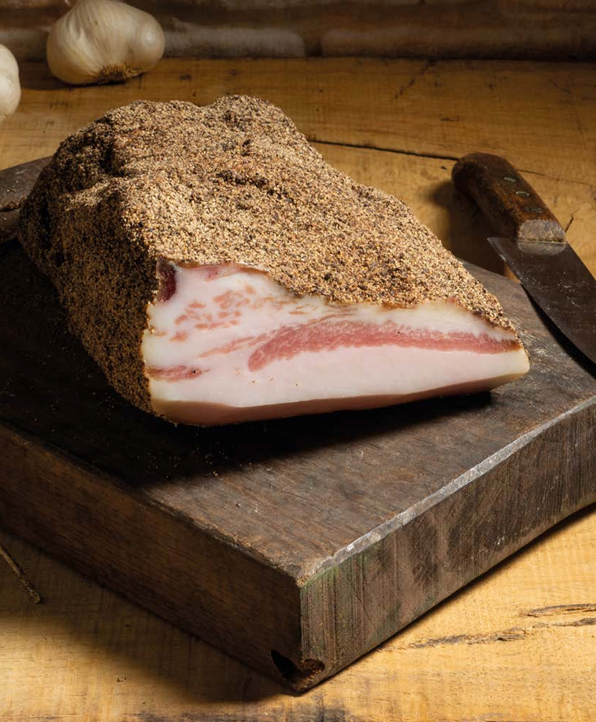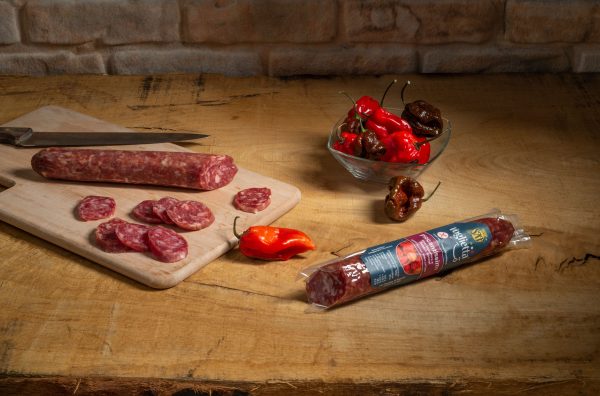When it comes to Italian food, frittata holds a special place among simple, versatile, and timeless recipes. Don't confuse it with "fritata" or "fritatta," common misspellings that do this beloved dish no favors. Frittata is a symbol of Italian culinary tradition, perfect as a main course, snack, or appetizer. Let's explore what it is, its historical context, and how it differs from the famous French omelet.
What is a frittata?
Frittata is an egg-based dish originating from the Italian folk tradition. It is prepared in a pan with simple and genuine ingredients and can be enriched with vegetables, herbs, cheese, meat or even pasta and rice. It is cooked slowly on both sides, resulting in a firm and flavorful texture.
A little history and cultural context
Frittata has ancient and popular roots. In Italian country kitchens, it was a simple and economical way to use eggs and available ingredients. It was often prepared as a dish of the day using leftovers or whatever was in the fridge, anticipating what we call leftovers today. The preparation is quick and does not require much skill, making it perfect for everyday use.
Frittata vs. omelet: the differences
Although the Italian frittata and the French omelet both have eggs as their main ingredient, there are some important differences:
-
Preparation : The omelet is cooked quickly over high heat and on one side only, leaving the inside soft. It is folded to enclose the filling. Frittata, on the other hand, is cooked more slowly and on both sides, resulting in a firm and fully cooked texture.
-
Filling : While the filling in an omelet is added last, the ingredients in a frittata are mixed directly with the eggs, ensuring an even distribution of flavors.
-
Thickness : The frittata tends to be thicker than the omelet due to the longer cooking time and the possibility of using more eggs.
Frittata as a "clean up the fridge" dish
One of the most fascinating aspects of frittatas is their incredible versatility. They're the perfect dish to use up leftovers and "clean out the fridge" before grocery shopping. Almost anything can become an ingredient: cooked or raw vegetables, potatoes, leftover cheese, cold cuts, herbs, and even leftover pasta.
5 types of frittata to try
-
Zucchini Frittata : Simple and delicate, one of the most beloved classics. Fresh zucchini sliced, pan-fried, then mixed with eggs for a soft and flavorful frittata.
-
Potato Frittata : Hearty and filling, perfect as a main course. Thinly sliced potatoes are fried and then mixed with eggs for a hearty frittata.
-
Onion frittata : Very popular in Southern Italy, prepared with onions that have been browned in the pan, giving it a sweet, caramelized flavor.
-
Spinach frittata : A balanced combination, ideal for a light but nutritious meal.
-
Pasta frittata : Known especially in Naples, and called "frittata di maccheroni" a tasty way to use up leftover pasta. Maccheroni, spaghetti or penne mixed with eggs and cheese becomes a crispy and flavorful frittata.
My Aunt's Frittata Recipe
Finally, here is my favorite frittata recipe , my aunt's recipe. It's a simple but irresistible version that combines the aroma of fresh parsley with the sweet taste of cherry tomatoes. It's a dish close to my heart, and it can be personalized by replacing the parsley with mint for a different but equally delicious aroma.
Ingredients:
- 6 eggs
- 1 red onion (or white, if preferred)
- 10 cherry tomatoes
- Fresh parsley (a small bunch)
- Salt and pepper to taste
- Extra virgin olive oil
- 30g Parmigiano Reggiano aged for 24 months to bind and enhance the flavor without overpowering the other ingredients. For a more intense flavor, choose Parmigiano aged for 36 months .
Procedure:
- Cut the onion into thin slices and sauté it in a pan with a little extra virgin olive oil until it turns golden.
- Wash the tomatoes and add them to the onion in the pan. Cook them briefly until they soften. If you prefer softer and less crunchy tomatoes, add them directly to the egg mixture along with the parsley.
- In a bowl, beat the eggs with a fork, add a pinch of salt and pepper. Finely chop the parsley (or mint, if you prefer) and mix it into the eggs together with the grated Parmigiano.
- Pour the beaten eggs into the pan with the onions and tomatoes, spreading the mixture evenly. Cook over medium-low heat until the bottom of the frittata is firm.
- Use a plate to flip the frittata and cook on the other side for another 2-3 minutes, until golden.
- Serve the frittata warm, at room temperature, or even cold: it's delicious either way!
Buon appetito!
















